Aging storage is a critical step for raw Tea, not just for storage but also for the transformation towards aroma, mellow taste, sweetness, moisture, and smoothness. Apart from aging into a higher price, what else does Pu'er raw tea age into?
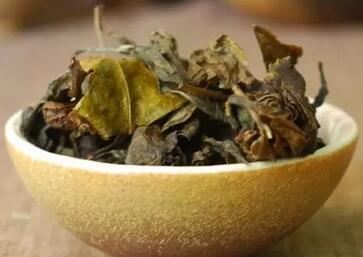
Sensory Changes
During storage, due to factors such as moisture, temperature, and sunlight, changes occur in the infusion color, taste, and aroma of raw Pu'er. The infusion color of raw Pu'er changes from greenish-yellow to reddish-yellow, its aroma transforms from fresh to aged, and the sun-dried scent diminishes or disappears.
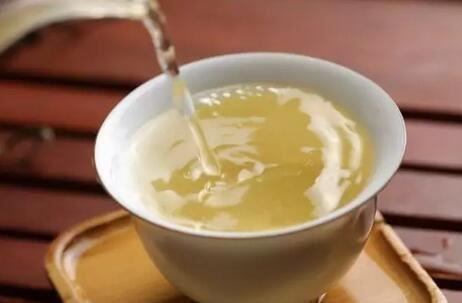
Changes in Aroma
Pu'er tea has earned the reputation in the tea world as an “edible antique” thanks to its unique quality of becoming more fragrant with age, which also becomes a significant factor in determining the price of aged Pu'er on the market. Under appropriate storage conditions, Pu'er tea can develop aromas such as roasted, phenolic, aged, and woody during the aging process.
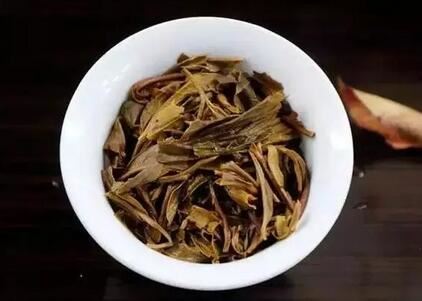
Changes in Extractable Content
Extractable substances include tea polyphenols, soluble sugars, amino acids, Caffeine, and water-soluble Pectin, etc. The level of water-extractable content reflects the amount of soluble substances in Pu'er tea, indicating the thickness of the tea infusion and the strength of its flavor. However, there is no definitive statement about the relationship between aging time and the quantity of extractable substances at present.
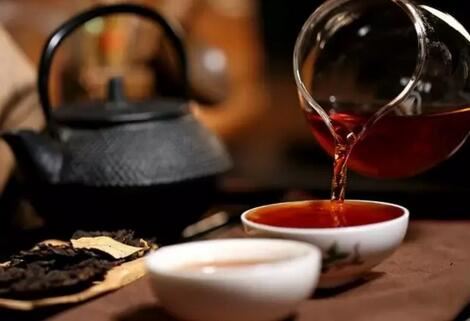
Changes in Infusion Color
Tea contains large amounts of polyphenols, which are collectively known as a group of compounds, with catechins being the main component. They are closely related to the color, taste, and aroma of the tea infusion. Catechins are colorless, have a bitter taste, and are strongly astringent; they tend to undergo spontaneous oxidation during storage. Initially, they dehydrogenate to form quinones, which further polymerize into brown substances. These combined changes in pigments contribute to the gradual darkening of the infusion color.
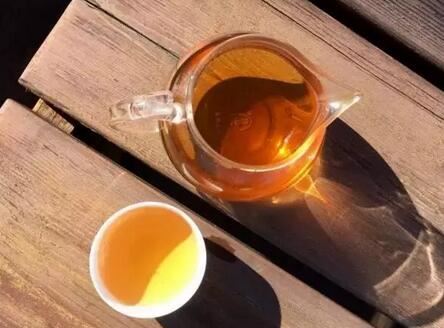
Changes in Caffeine Content
Caffeine, one of the characteristic substances in tea, is the most abundant alkaloid in tea. Current research consistently indicates that caffeine decreases over time during tea storage.